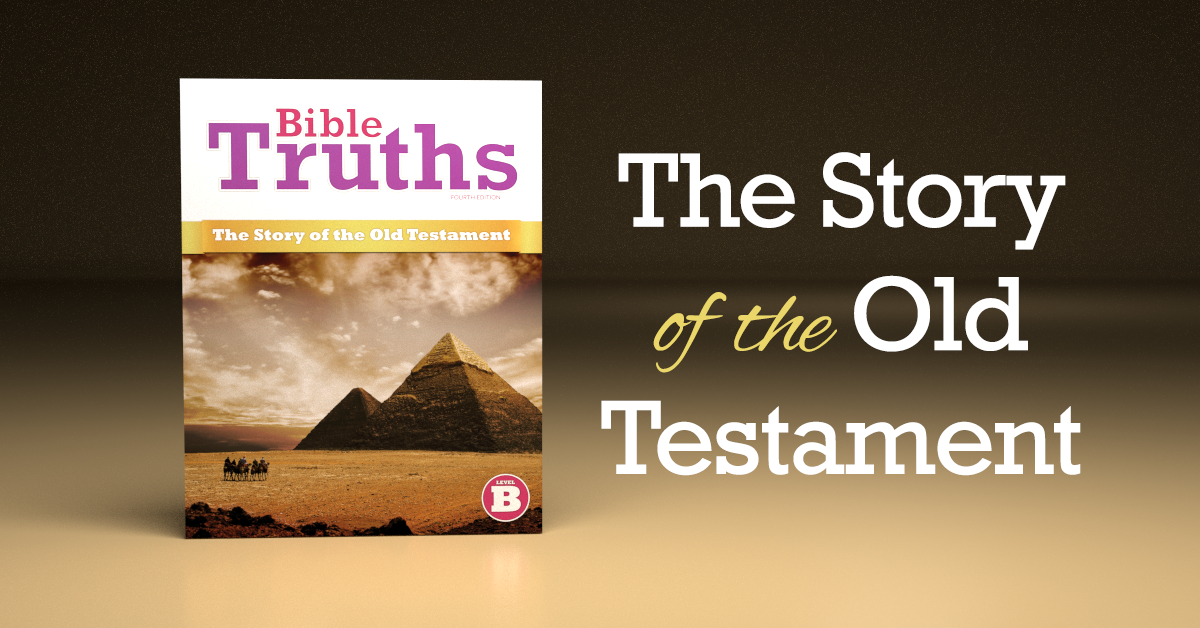
Sometimes, I feel like people don’t talk enough about research papers or give them enough credit. They might just be one of the most valuable learning opportunities you can give your children. After all, isn’t learning about a topic, knowing how to gather reliable information about that topic, formulating an opinion about it, and logically supporting that opinion with facts exactly what you want your children to be able to do?
Unfortunately, we’ve all seen—or written—one of those research papers that was all fluff, no substance, and somehow still got a good grade. I will readily admit that I’ve written a few of those myself. Obviously, the writer didn’t really learn anything, so what’s the point of assigning it? Research papers shouldn’t be just busywork. Each research paper you present to your kids is a beautiful opportunity for them to apply all the lessons you’ve been working on this year. And for you, a research paper is an opportunity to see how well your children have learned.
The Opportunity for Application
Science courses don’t include labs just for fun. Math courses don’t give math problems just to make it hard. Students need a chance to apply what they’ve learned in a new way so that it really sticks. And that’s as true for writing and reasoning skills as it is for the water cycle or long division. In a research paper, students can use those grammar rules they’ve learned to clearly communicate what they’re thinking. And, as they practice formulating an argument, they can use what they’ve learned about logical fallacies to make their argument strong.
Now, perhaps you think that the application questions in your child’s grammar workbook are enough. But applying grammar or logic rules to a sentence you’re expecting to be wrong is different from using those rules while you’re writing. Writers don’t think about the rules as they’re writing; they’re thinking about the next point they need to make or how thoughts connect. When you see your children’s writing, you’ll be able to know whether they really understand the rule. A research paper is a real-life, low-stakes opportunity to apply the rules—good practice for a job application letter or college entrance exam.
The Opportunity to Practice Critical Thinking
When students do a research paper properly, a lot of thought goes into the process. What kinds of information will validly support their thesis? How will they address information that contradicts their thesis? In addition to shaping their argument, they’re going to have to find and address questions that they might not expect. If they’ve never written a longer paper, they will need to learn how to adjust their process to account for the greater detail they’ll need. But it goes beyond just crafting the argument and planning out the project.
Researching also demands critical thinking skills. Remember that old saying, you can lead a horse to water, but you can’t make it drink? You can write book after book about research techniques and finding information, but it’s all useless if the students don’t read comprehensively and consider the meaning. To research any topic, students need to actually think about the information they’re reading—which is something you often try to have your children do in a literature course. When they’re looking for information that supports an argument, it demands a whole new level of reading comprehension. I’ve had countless students who cited inappropriate sources for support because they didn’t actually read what their sources said. A research paper will tell you whether your children have developed their reading comprehension well enough to read information critically and apply it to their argument.
The Opportunity for Excitement
Have you ever found that, after spending hours on a single topic, you develop a unique interest in that topic? Writing about anything will leave that kind of impact. No matter what your feelings were about a topic before you decided to write about it, once you’ve spent hours researching it, developing an opinion, and writing and rewriting your argument, you’re going to have an interest in it and—dare I say?—an excitement about it. The same thing happens for your children when they write a research paper. They might not admit it. They might not follow up on that interest. But in the process, they will come away knowing something new.
While it is important to allow your children to write about what they love, they also need to be able to embrace a new, unfamiliar subject. Research papers are a valuable way to introduce children to new topics—even though they may not want that introduction.
In your homeschool, every chapter, every lesson, and every assignment is another opportunity for your children. Research papers may be a more challenging opportunity, but clear communication, reasoning skills, and learning are worth the effort.


